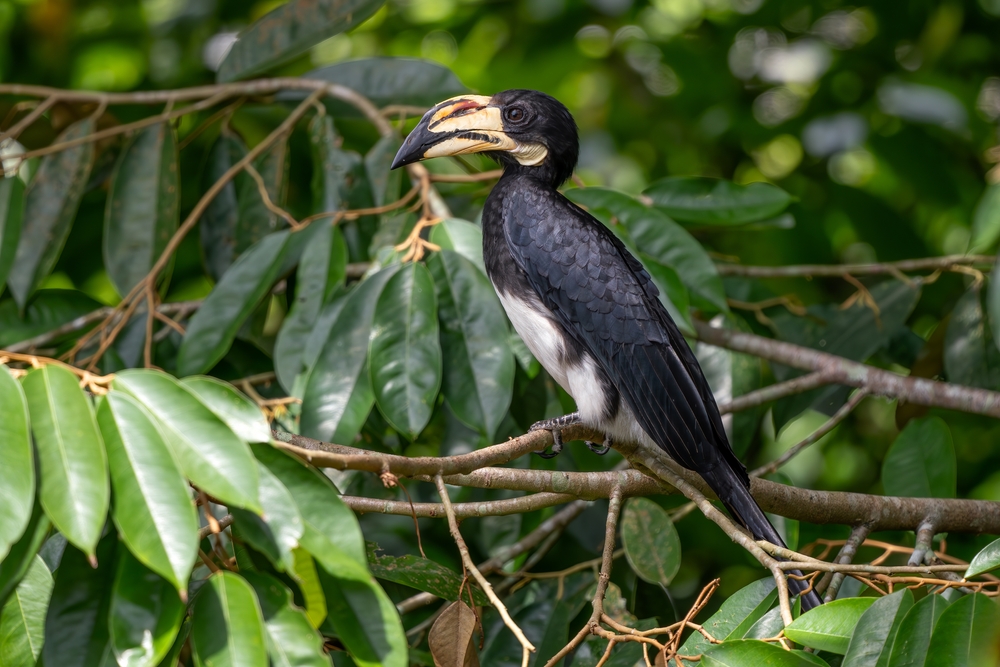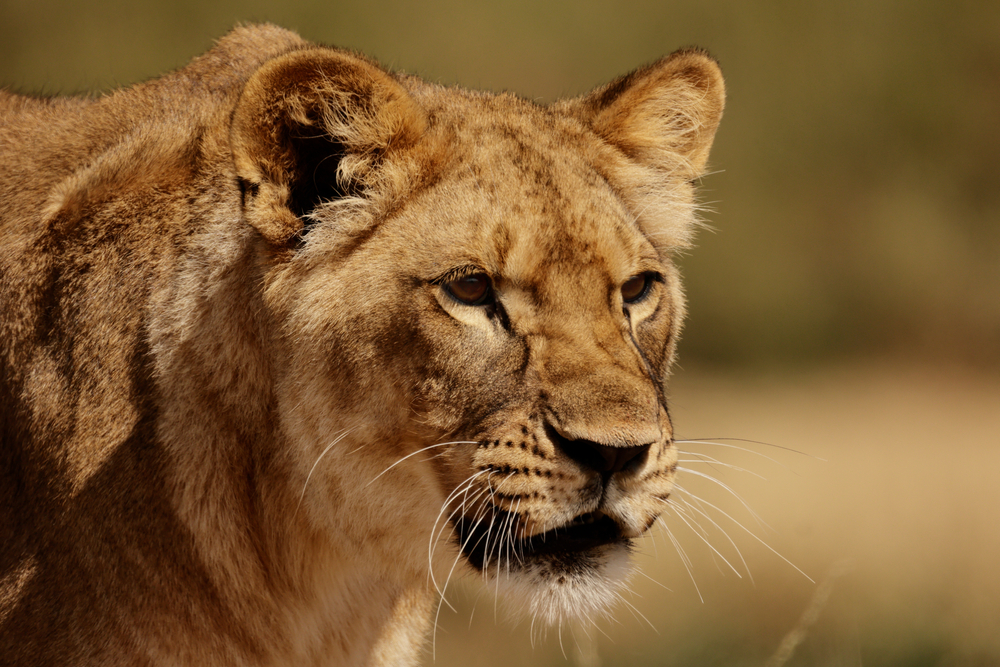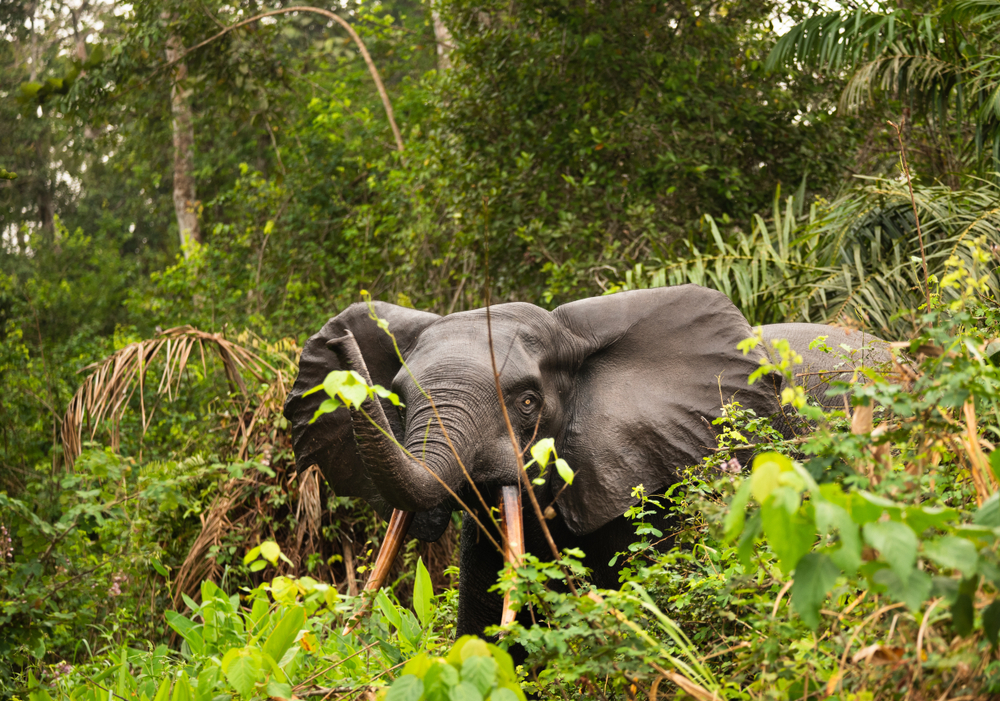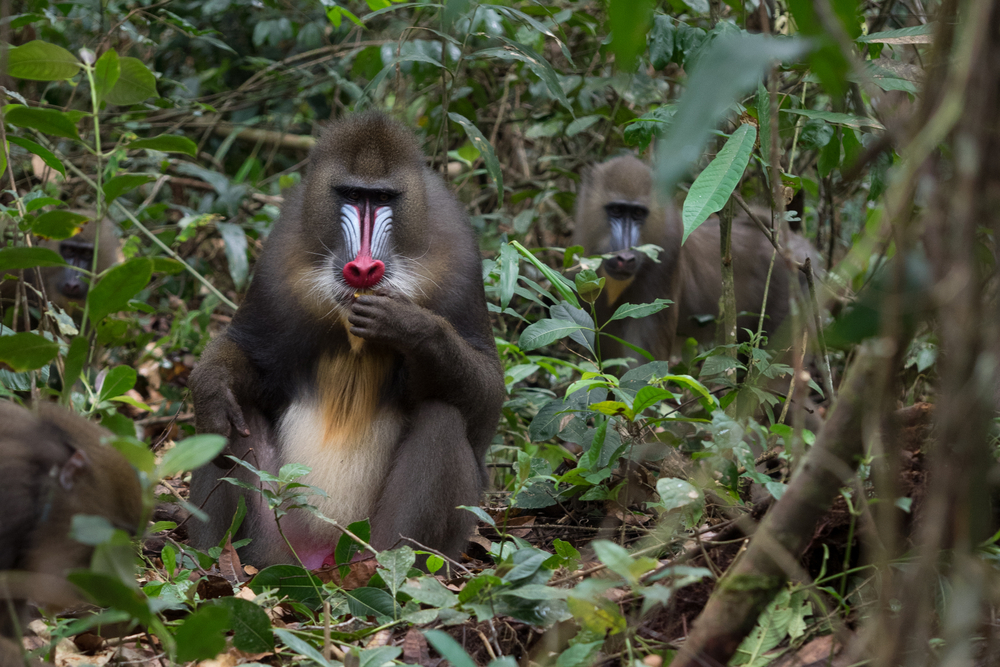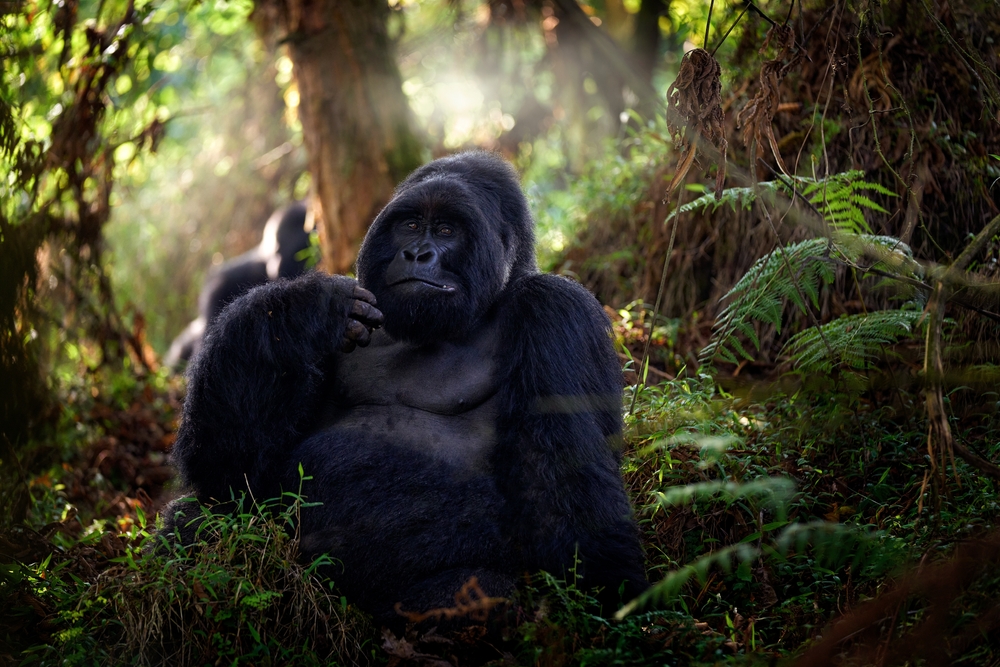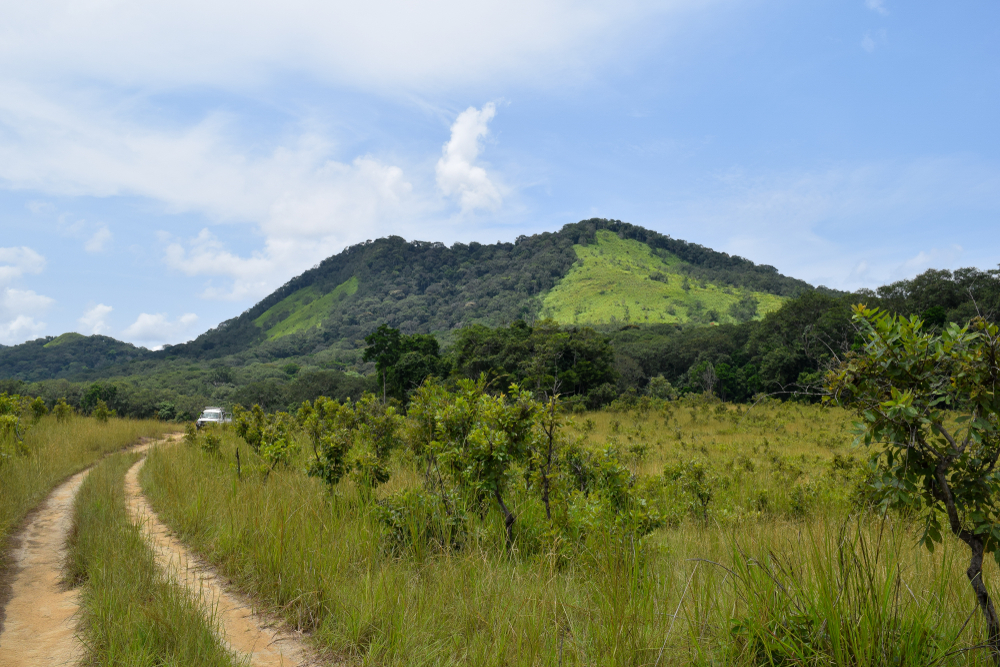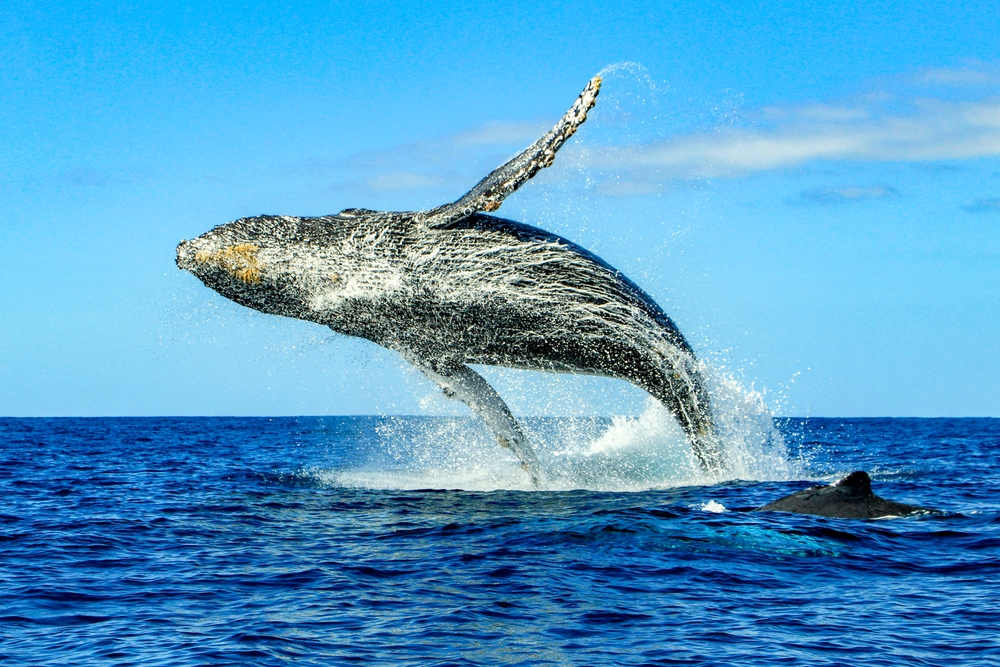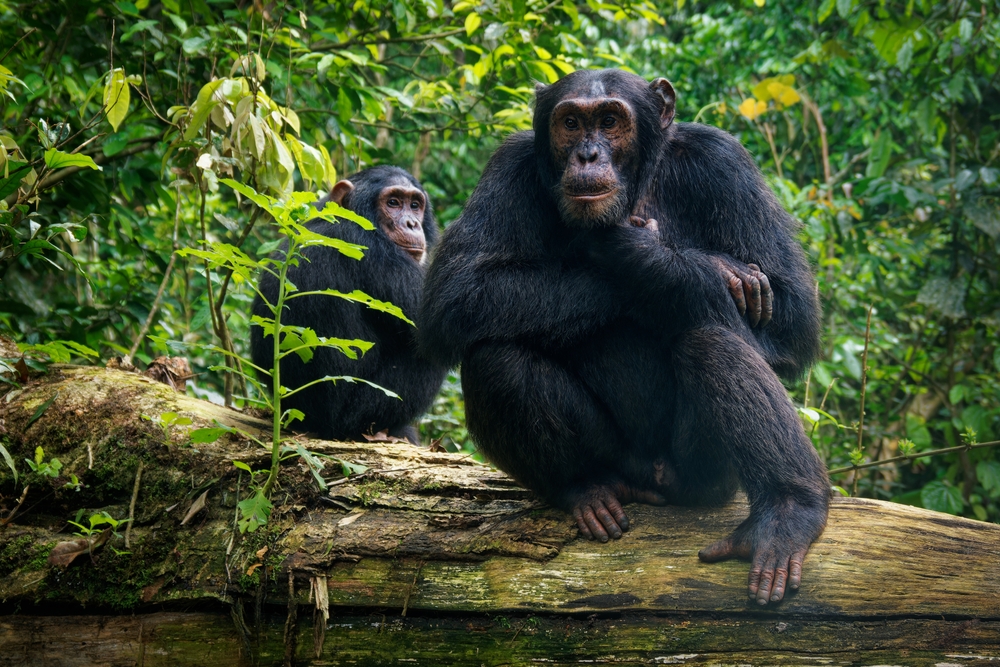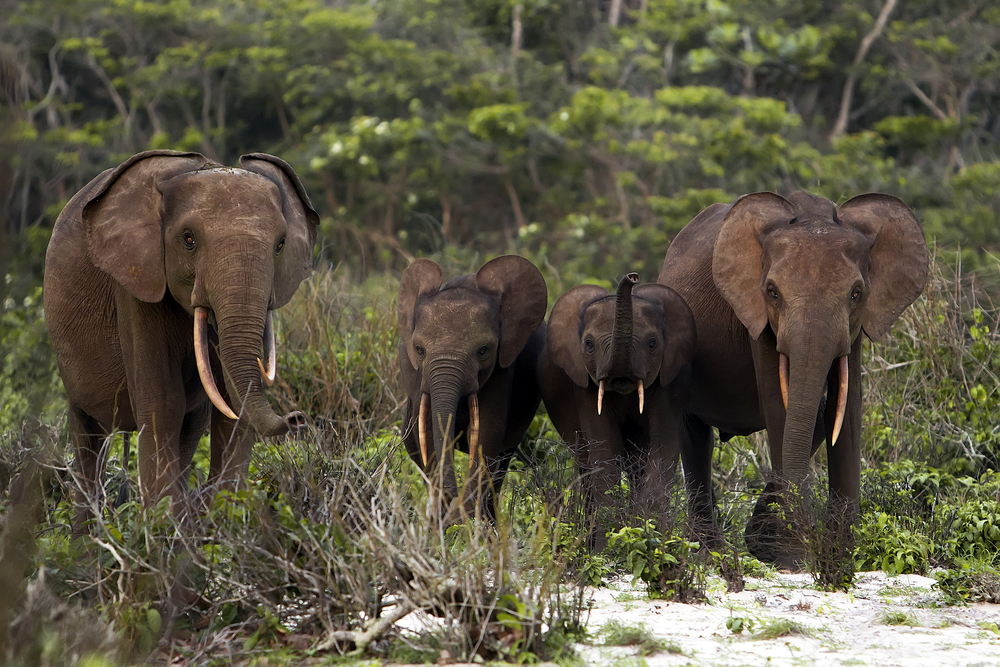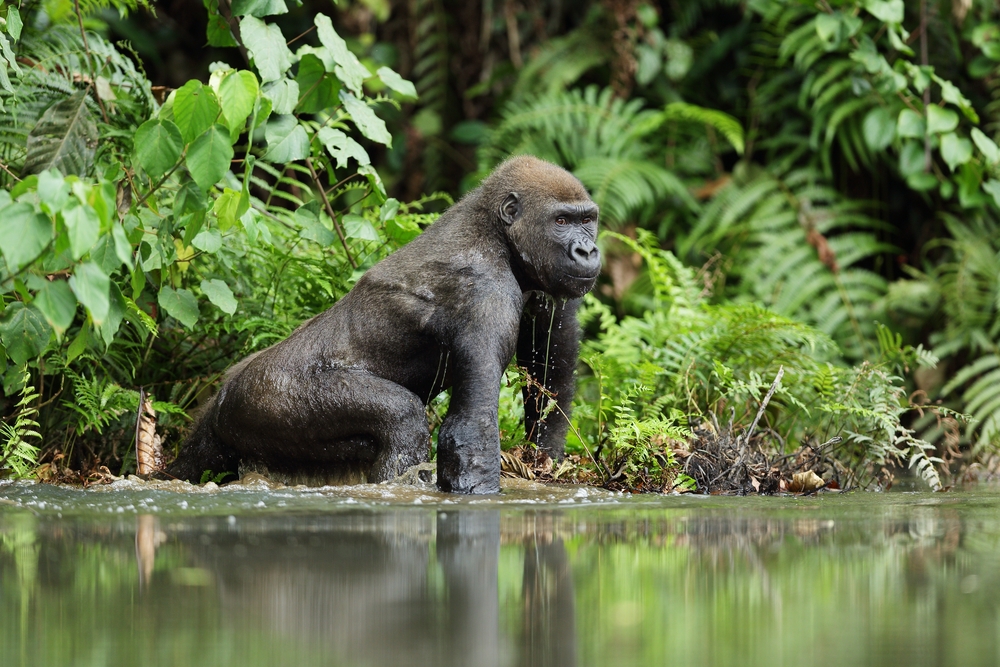Mwagné Overview
Mwagné National Park, locally known as “Parc National de Mwagné”, is one of Gabon’s lesser-known yet ecologically significant protected areas. Located in the eastern region of the country, the park spans approximately 1,160 square kilometers (448 square miles) and is part of the Congo Basin rainforest, one of the world’s largest and most biodiverse tropical forest systems. Its remote and largely untouched nature makes Mwagné a critical sanctuary for rare species and an important component of Gabon’s conservation efforts.
The terrain of Mwagné National Park is a mix of dense lowland rainforests, rolling hills, and numerous waterways. These pristine ecosystems are teeming with life, supported by a rich variety of plant species. Towering trees form a thick canopy, while the forest floor is carpeted with ferns, mosses, and flowering plants. Rivers and streams wind through the park, providing essential water sources for its wildlife and fostering the growth of lush riparian vegetation.
Mwagné is home to an impressive array of wildlife, including several species that are endangered or vulnerable. Western lowland gorillas, forest elephants, and chimpanzees roam its dense forests, alongside smaller mammals like duikers and pangolins. The park is a haven for birdwatchers, with species such as hornbills, kingfishers, and African grey parrots frequently spotted. Its aquatic habitats support reptiles, amphibians, and various fish species, contributing to the park’s ecological diversity.
Visitors to Mwagné National Park can explore its remote wilderness through guided eco-tours and wildlife observation activities. While the park’s infrastructure is minimal, its unspoiled nature offers a rare opportunity for adventurers seeking an authentic experience in one of Africa’s last great rainforests. Hiking trails allow visitors to immerse themselves in the forest’s tranquility, while birdwatching tours provide opportunities to spot its avian treasures. Collaborative initiatives with local communities offer cultural experiences that highlight the importance of traditional practices in preserving the environment.
Despite its ecological significance, Mwagné National Park faces challenges from poaching, illegal logging, and habitat encroachment. The park’s remote location makes it difficult to monitor and enforce conservation measures, leaving its ecosystems vulnerable. However, the Gabonese government, supported by international conservation organizations, has implemented measures to address these threats. Anti-poaching patrols, sustainable resource management programs, and community outreach initiatives are central to the park’s conservation strategy.
Mwagné National Park is a vital piece of Gabon’s natural heritage, showcasing the incredible biodiversity of the Congo Basin rainforest. Its unspoiled landscapes and rich wildlife make it an important area for both conservation and eco-tourism. By continuing to strengthen conservation efforts and promote sustainable tourism, Mwagné can remain a sanctuary for rare species and a testament to the importance of preserving our planet’s natural wonders.








































































